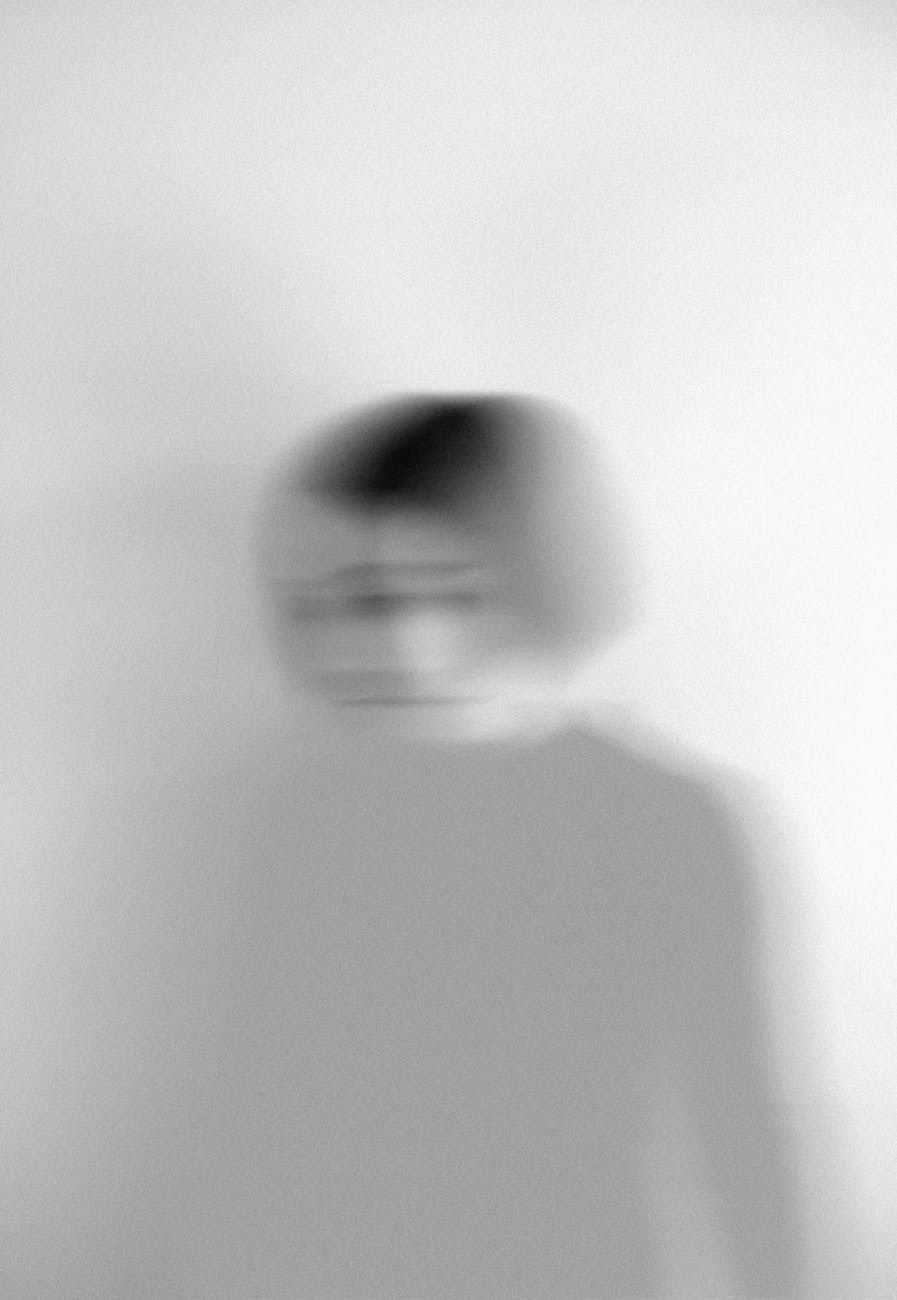In our previous blog, we began going over the different types of anxiety disorders. In this blog, we will continue our list.
Phobias
Phobias are intense fears about specific things, such as objects, animals, or certain scenarios. For example, one common phobia is arachnophobia, the fear of spiders. For people with this type of anxiety, even thinking about spiders can bring on a sense of impending doom. While phobias qualify as anxiety disorders, it is typical for people to live their entire lives with a phobia without seeking treatment. This is generally because they have a specific phobia that is easy for them to avoid; for example, if you have a phobia of alligators, but live here in Parker, your phobia is likely not an issue. It is when a phobia starts to disrupt your life that it’s time to seek professional help. If your phobia is having an important on the quality of your life, contact Counseling Services in Parker for treatment.
Common symptoms of a phobia include:
- Constant fear about this specific subject
- Inability to control these fears despite knowing they are illogical
- Altering or restricting your routine to avoid the subject of your phobia
- Stress or anxiety about even the thought of this subject
- Post Traumatic Stress Disorder (PTSD)
As the name suggests, post-traumatic stress disorder (PTSD) is an anxiety disorder that is caused by a traumatic event. People with PTSD often cope with symptoms that are disruptive to their lives for years after the trauma, sometimes for the rest of their lives. In most cases, the person with PTSD is the one who actually experienced the traumatic event, but sometimes, even witnessing traumatic events can cause PTSD.
Symptoms of PTSD include:
- Reliving the event—people with PTSD experience their trauma again and again, physically, mentally, and emotionally
- Being triggered—certain triggers, often related to the event, cause people with PTSD severe stress and fear
- Severe anxiety about this trauma happening again
- Emotional issues such as feeling numb, distant from loved ones, and feeling hopeless and worthless
- Avoidance behaviors
- Obsessive Compulsive Disorder (OCD)
- Obsessive-compulsive disorder (OCD) is a commonly misunderstood anxiety disorder that is characterized by two sets of symptoms: obsessions and compulsions.
- Obsessions: Obsessions are preoccupying thoughts, often negative or fearful, that cannot be escaped despite great effort.
Compulsions: Compulsions are behaviors that they cannot stop themselves from doing. There is a “need” to do a certain action a certain way at a certain time.
For example, an obsession might be an inescapable worry that your mother will fall ill, while a compulsion would be being unable to touch a doorknob for fear of germs. Obsessions and compulsions can be connected; for example, it may feel as though if you touch a doorknob, your mother will get sick. Sometimes, people with OCD have compulsions with no obsessions, though most of the time, this individual will experience severe anxiety if they cannot comply with their compulsion. It’s also possible to have obsessions without compulsions, though an obsession (such as fear of getting sick) may lead to a compulsion (obsessive hand washing). This becomes a vicious cycle. You start to obsess over one particular worry, and a certain action temporarily will shake those feelings. However, the obsessions always come back in full force later. Therefore, the obsessions and compulsions feed into each other.
Anxiety of any kind can be crippling, but there is hope. If you need anxiety treatment in Parker, we can help. Contact Counseling Services of Parker for therapy today!


